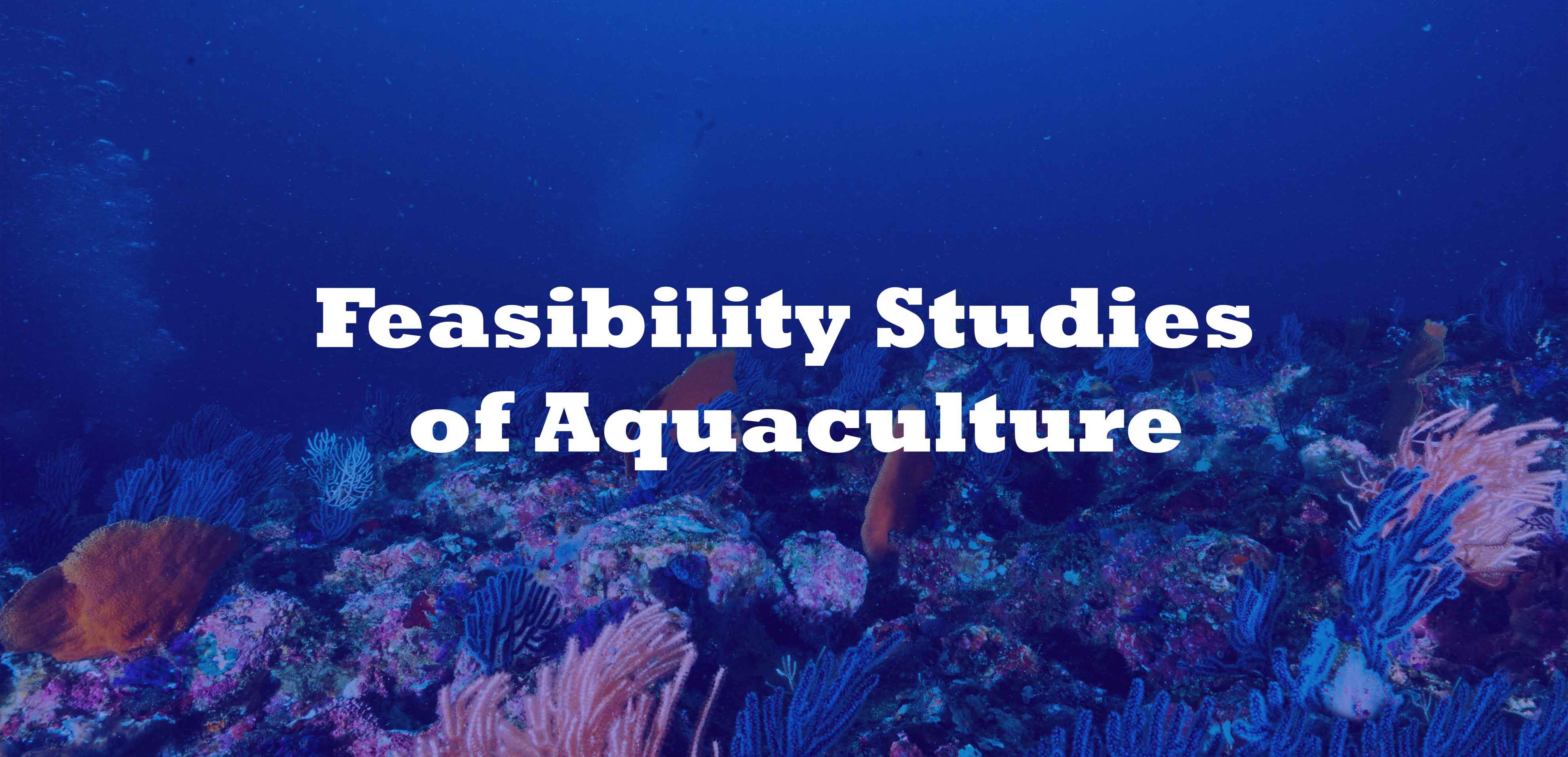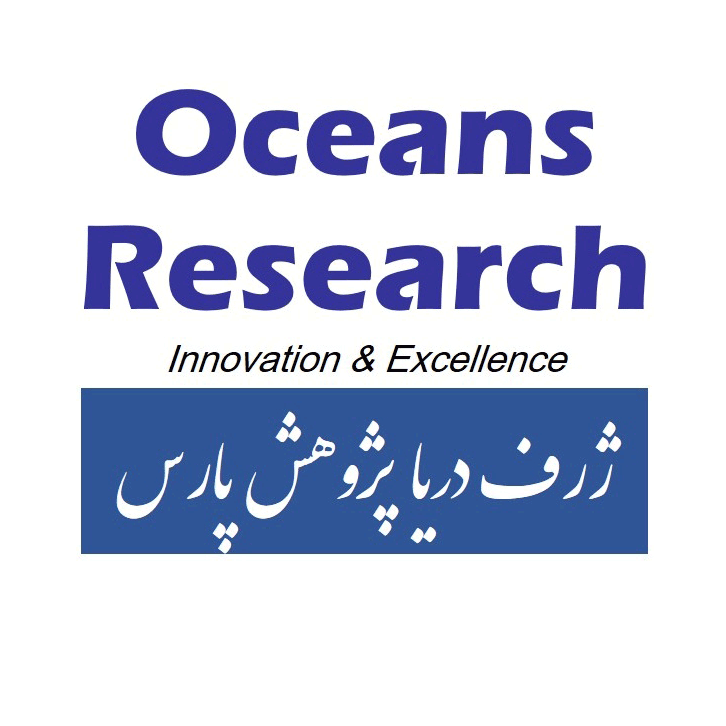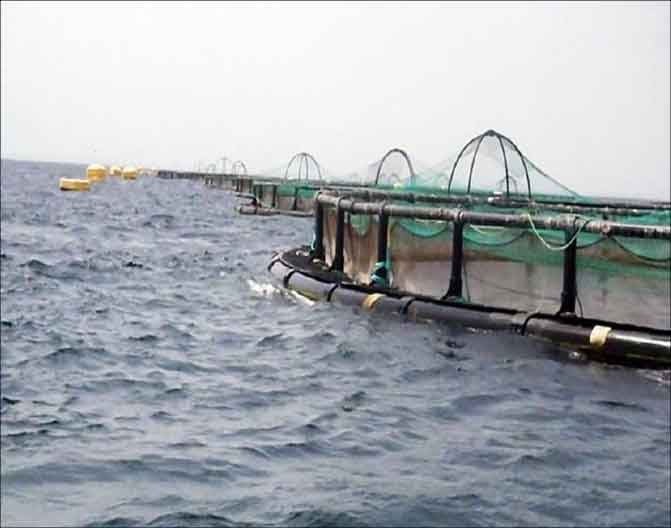
The consumption of aquatic goods, including fish, shrimp, oysters, and other aquatic species, has significantly expanded over the past several decades as a result of population expansion, the growth of urban populations, and improved awareness of people’s nutritional needs. Many societies have turned to managed aquaculture to satisfy their food demands as a result of rising demand on the one hand and declining wild fish supplies in the oceans owing to overfishing on the other.
Four methods are often used to cultivate aquatic creatures, including fish: ponds, streams, reservoirs, and cage culture (or Cage Aquaculture). Regarding the viability of aquaculture in Iran, the country’s strong infrastructure and resource base, together with some favorable geographic and climatic circumstances, offer the potential for aquaculture in Iran. The following factors influence its feasibility:
- Water quality and water resources
- Use of underground water sources
- Environmental temperature
- Environmental humidity
- The amount of surface and depth oxygen in the water
- Drinking water PH
- Saltiness and sweetness of water according to the type of farmed fish
- environmental effects
Considering the consequences on the environment is one of the key topics in the feasibility study. Ignoring environmental effects may have permanent consequences. Studies conducted by the Food and Agriculture Organization of the United Nations indicate that there is very little chance that increased natural fishing will be able to supply the necessary fish protein. But the demand for seafood is still rising on a worldwide scale.
Fish farms are expanding quickly as a result of the overall loss in fish populations on the world’s seas. It should be highlighted that if little research was done before the construction of cages, we may be left with unfixable environmental issues. One of the elements that should be taken into account in the investigations is how much organic material has gathered beneath the cages. Undoubtedly, less debris will collect in an area with high water circulation than in an area with poor currents. As a result, before commencing work, the hydrodynamics of the building site should be thoroughly understood.
Feasibility study of implementing a multi-species integrated system of aquaculture in cages in the Persian Gulf
- Hydrodynamics, wind, wave and current studies
- Socioeconomic studies
- Placement and selection of suitable areas for aquaculture
Scrutiny of the biological aquaculture studies in cages in the Persian Gulf and the monitoring of a sample farm
- Monitoring the physical, chemical and biological parameters of the water column
- Monitoring the physical, chemical and biological parameters of bed sediments
- Numerical study of the organic matter diffusion
- Studying the possibility of using biological markers to spread organic substances
- Examining the plankton, zooplankton and benthic organisms
Environmental studies and aquaculture flow measurement in the Caspian Sea cage
- Monitoring the physical, chemical and biological parameters of the water column
- Monitoring the physical, chemical and biological parameters of bed sediments
- Performing the wave and current measurement studies
- Numerical study of organic matter diffusion
- Analyzing the possibility of using biological markers to spread organic substances
- Studying the plankton, zooplankton and benthic organisms
Supervising the ecological assessment and analyzing coral reefs
- Studying the corals of Lark and Hengam islands
- Analyzing the Kish and Hendorabi corals using GIS and RS
- Examining the best and most cost-effective nursing method to revive the corals of Kish Island
- Investigating the corals of Beni Farur Island




